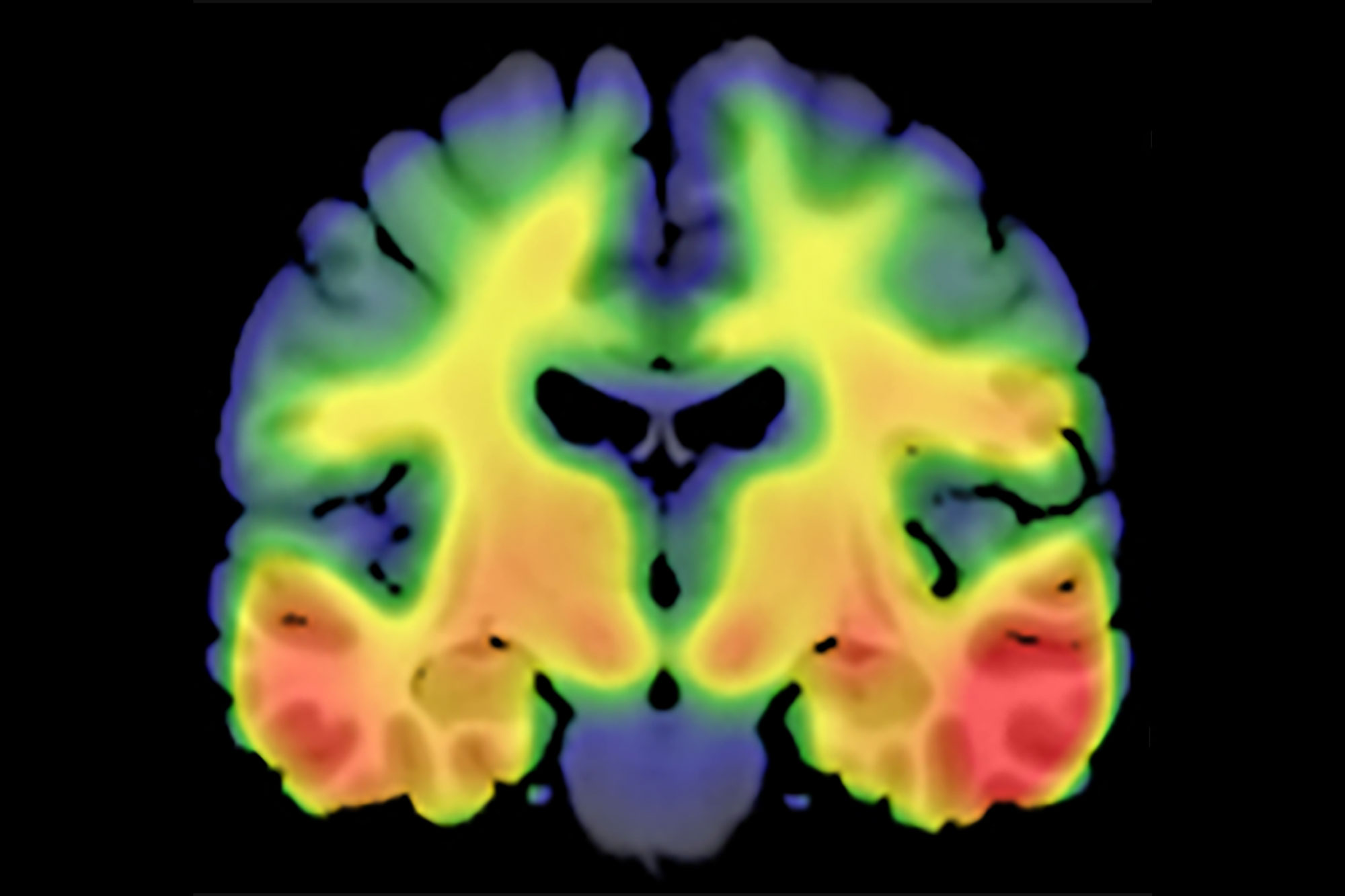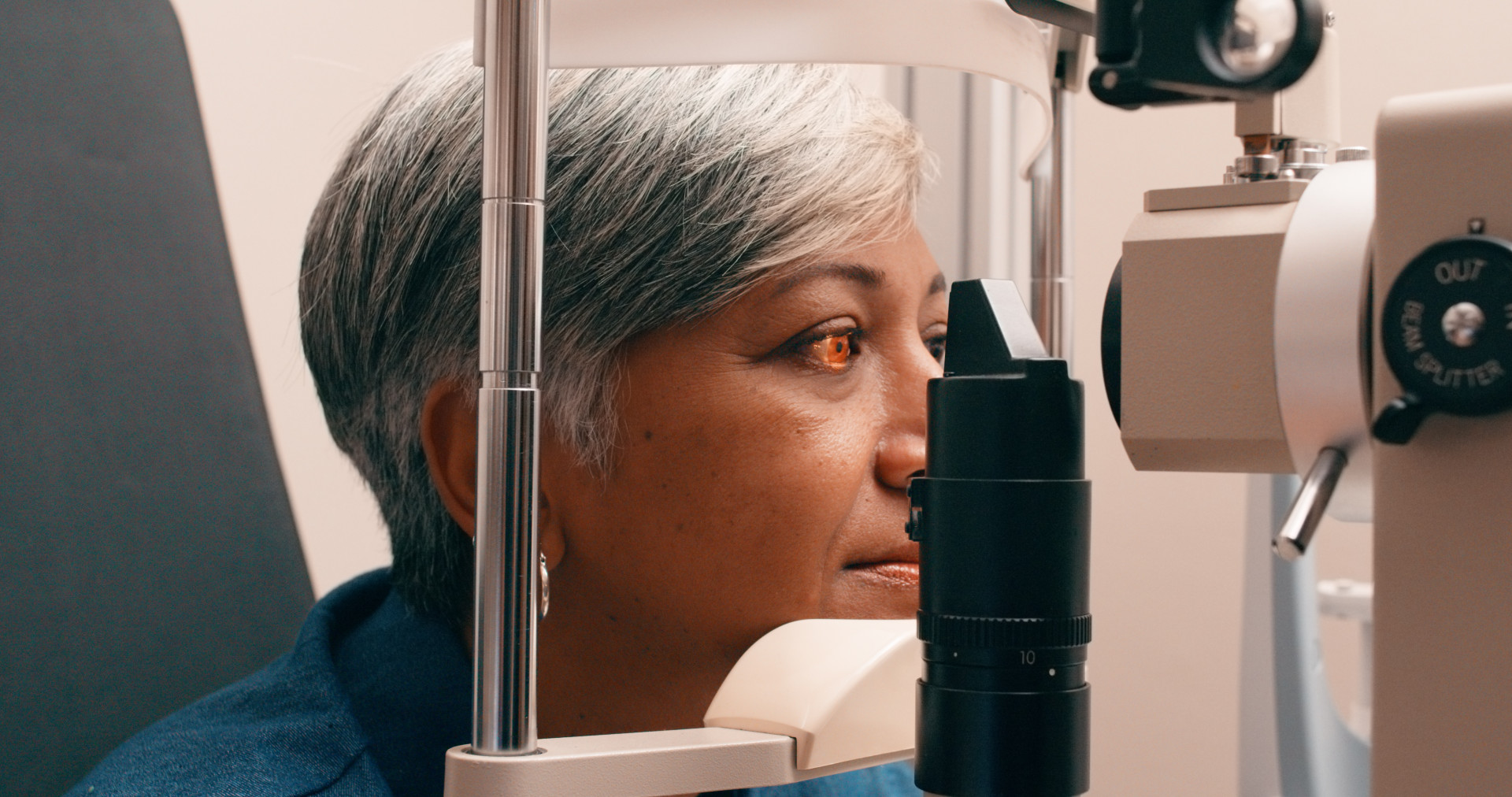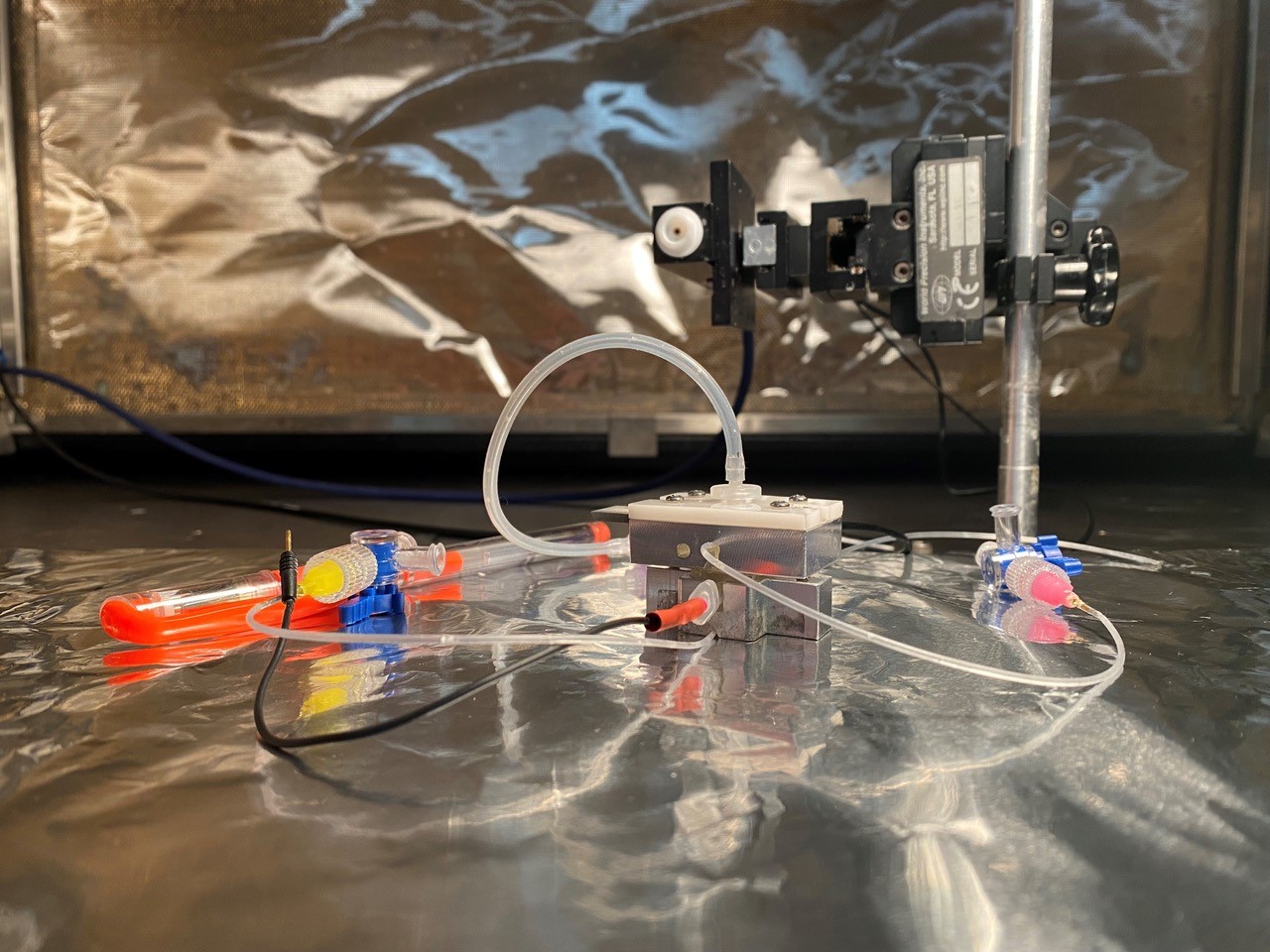Researchers have identified a new genetic marker that could play a role in the development of Alzheimer’s disease and lead to novel therapeutic targets and diagnostic tools for the disease.

news, journals and articles from all over the world.

Researchers have identified a new genetic marker that could play a role in the development of Alzheimer’s disease and lead to novel therapeutic targets and diagnostic tools for the disease.
Researchers are studying the brains of a subset of people with asymptomatic Alzheimer’s disease who, despite having amyloid plaque and tau buildup postmortem, experienced no diagnosable dementia symptoms while they were living.

Three recently published studies from Cedars-Sinai investigators have deepened knowledge of how changes in the eye are linked to indicators of Alzheimer’s disease in the brain.
Using state-of-the-art microscopy techniques developed on campus, researchers at UC San Diego School of Medicine have shed new light on the underlying mechanisms driving Alzheimer’s disease.

Researchers at Washington University School of Medicine in St. Louis and Lund University in Sweden have discovered an Alzheimer’s biomarker in the cerebrospinal fluid known as MTBR-tau243 can be used to track the progression of disease and could speed drug development.

In Journal of Applied Physics, researchers present a special silicon nitride nanopore-based sensing device that is designed to provide volume information about tau and tubulin protein molecules and their aggregation states. To create the sensor, the team explored how the proteins change the current and voltage flowing through a nanopore system.
Researchers at Washington University School of Medicine in St. Louis have found a biomarker that identifies, with up to 89% accuracy, people with a rare, deadly, untreatable brain disease called corticobasal degeneration (CBD). The biomarker could accelerate efforts to develop treatments for CBD.
A study by researchers at Washington University School of Medicine in St. Louis yields clues to why certain parts of the brain are particularly vulnerable to Alzheimer’s damage. It comes down to the gene APOE, the greatest genetic risk factor for Alzheimer’s disease. The parts of the brain where APOE is most active are the areas that sustain the most damage, they found.

Researchers at Washington University School of Medicine in St. Louis have developed a technique to detect minute amounts of a protein fragment linked to Alzheimer’s disease in the blood. The study, which will be published July 28 in the Journal of Experimental Medicine (JEM), shows that levels of p-tau-217 are elevated during the early stages of Alzheimer’s disease and could lead to a simple blood test capable of diagnosing the neurodegenerative disorder years before any symptoms begin to appear.
Dozens of molecules may tangle up with rogue bundles of tau, a protein that normally gives nerve fibers structure, to cause brain cell damage that contributes to neurodegenerative diseases, a new study shows.
A proteína tóxica tau é uma característica essencial biológica no cérebro de pessoas com a doença de Alzheimer. No entanto, os fatores que tornam as pessoas suscetíveis ou resistentes ao acúmulo de tau não são bem compreendidos.
有毒蛋白tau是阿尔茨海默病患者大脑中的一个关键生物学特征。然而,使人对tau累积产生易感性或抵抗性的因素目前尚未明确。Mayo Clinic的一项初步研究表明,遗传的DNA变异可能与老年人出现的tau累积有关。这项研究将在4月25日至5月1日在多伦多举行的美国神经病学学会第72届年会上公开发表。
The toxic protein tau is a key biological feature in the brains of people with Alzheimer’s disease. Yet the factors that make people susceptible or resistant to tau accumulation are not well-understood. A preliminary Mayo Clinic study shows that inherited DNA variants may be associated with developing tau deposits in older adults. The research will be presented at the American Academy of Neurology’s 72nd Annual Meeting in Toronto April 25–May 1.

Preclinical research has revealed a key missing piece of the Alzheimer’s disease puzzle. That allowed proof-of-concept experiments — using an existing drug — that dramatically reduced Alzheimer’s pathology and symptoms in mouse models, potentially offering an immediate treatment for this disease.